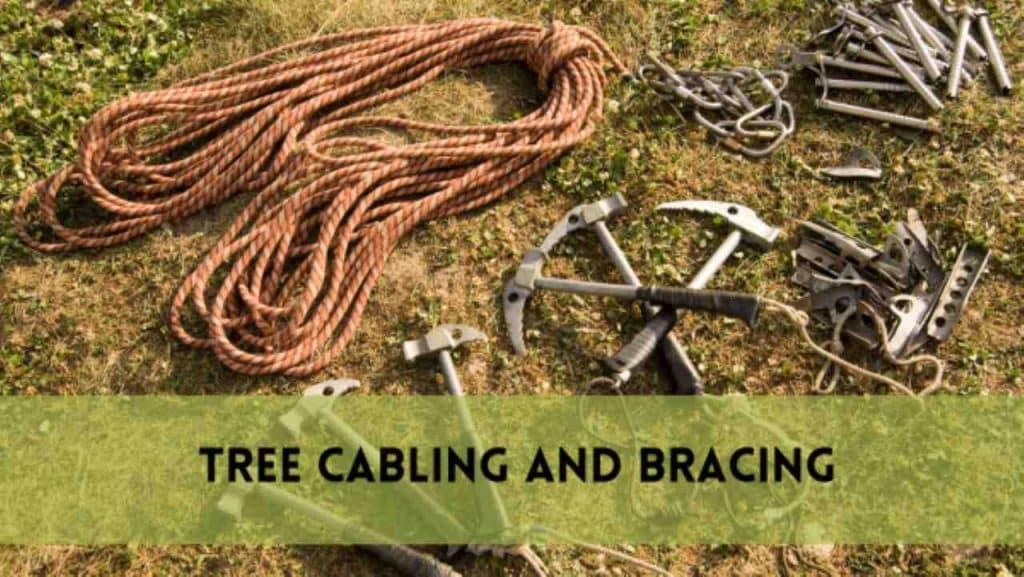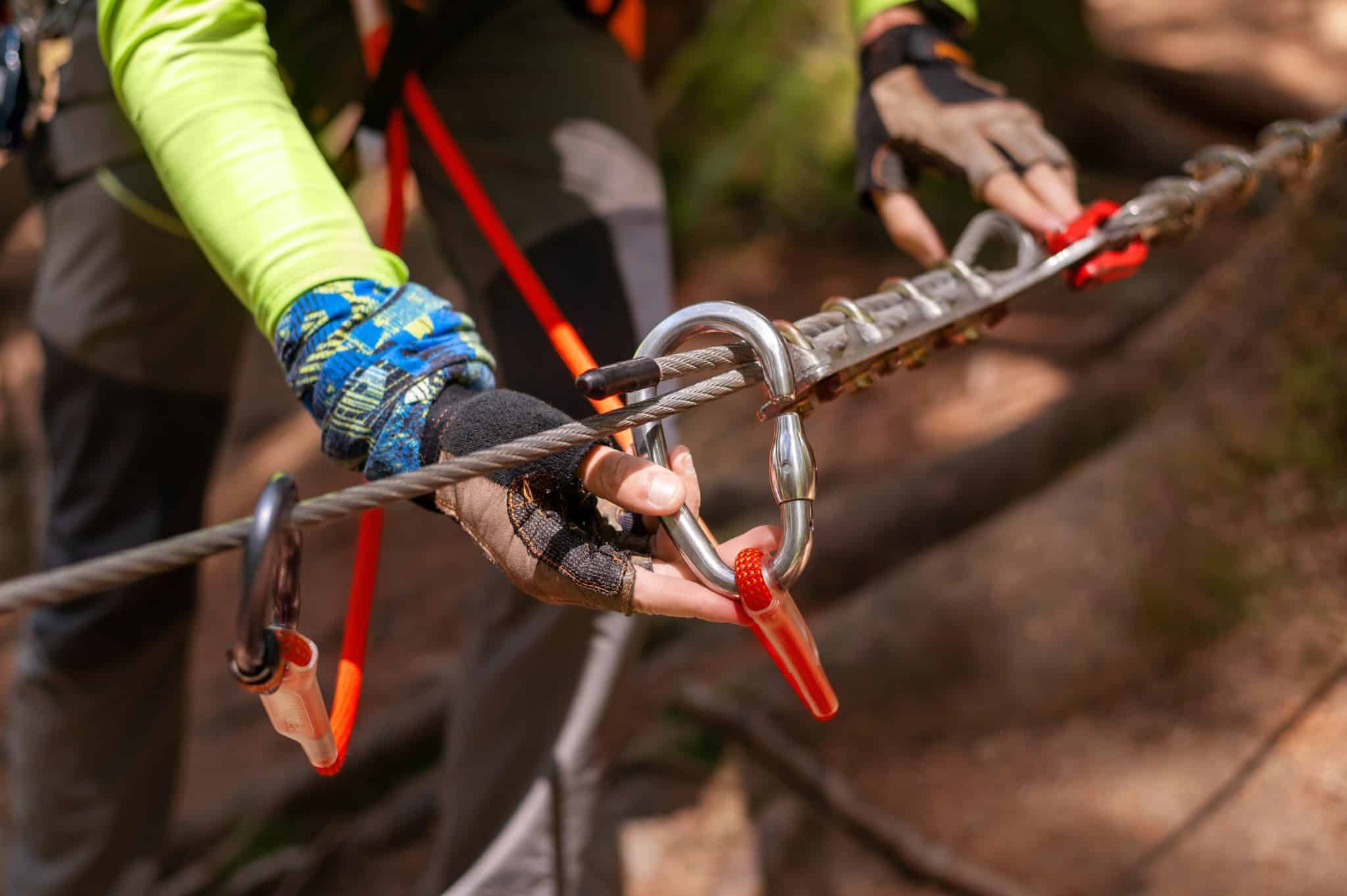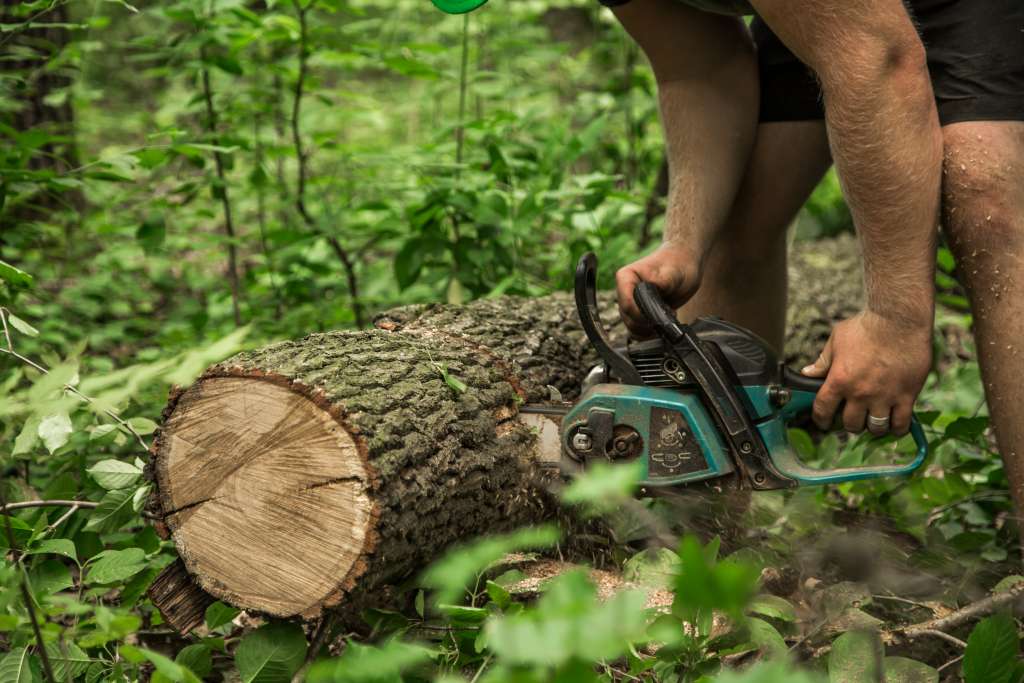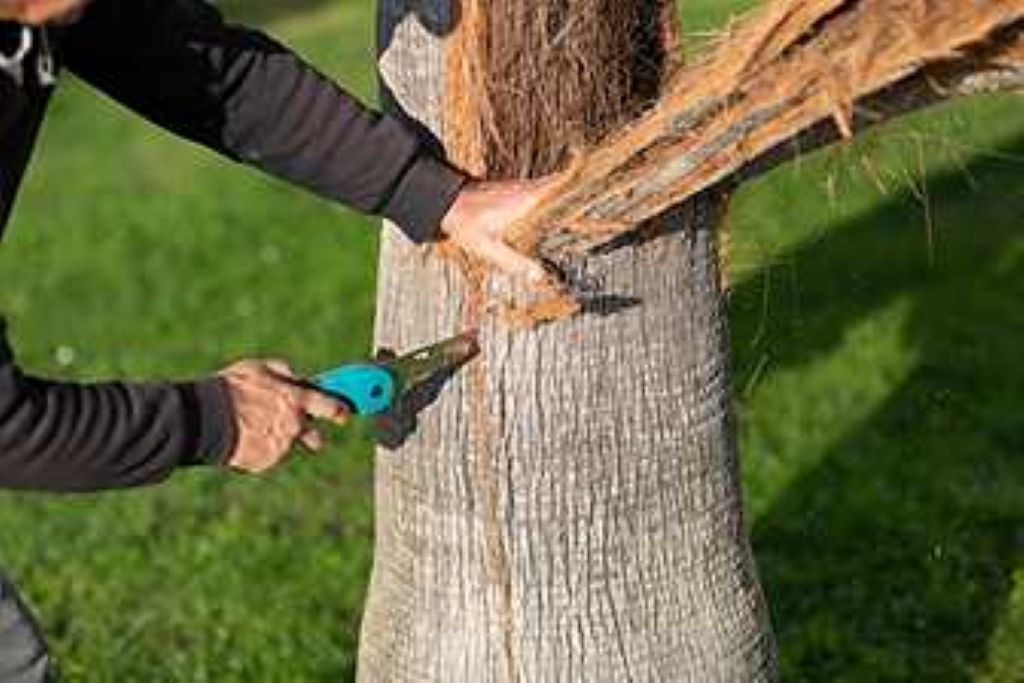When it comes to arboriculture, cabling and bracing trees are two strategies that are critical to ensuring the life and safety of trees. When trees are cultivated in urban areas or exposed to environmental pressures, they may develop structural flaws that put them at risk of collapse. Cabling and bracing techniques are employed to sustain these trees. This reduces the likelihood of branches or trunks collapsing, hence minimizing potential harm to property or persons.
Understanding Cabling and Bracing Trees
Tree cabling is the installation of cables between a tree’s big limbs or branches. The goal of this installation is to provide additional support and stability. These cables are often made of high-strength materials like steel and are attached to bolts or anchors installed in the tree. Arborists can distribute the weight of huge branches and reduce the risk of breaking during storms or heavy winds by carefully placing cables.
On the other hand, Bracing is the technique of inserting rods or braces inside a tree’s canopy to support weak or split crotches. These braces help to support the tree’s structural integrity by preventing the limbs from becoming linked to one another and perhaps falling off. Braces are commonly used in conjunction with tree cables to provide total support for the tree.
When Is It Necessary to Install Tree Cabling and Bracing Techniques?
In most cases, the following circumstances are advised for the installation of tree cabling and bracing:
A Weak Crotch or Split
An increased risk of limb failure is associated with trees that have crotches that are either weak or split, particularly during times of severe stress, such as storms or heavy snowfall. The use of bracing may assist in stabilizing these crotches, hence lowering the likelihood of failure.
Heavy branches
Trees that have huge, heavy limbs that reach over buildings or places that see a lot of foot activity may benefit from cabling in order to minimize limb failure. The weight of these limbs is supported by cables, which are also helpful in reducing the probability that they would break.
Historical or Significant Trees
Trees that are older or have historical value may be candidates for cabling and bracing techniques in order to maintain their structural integrity and extend their longevity. It is common for these trees to need extra support in order to resist the challenges posed by the environment and to preserve their aesthetic appeal.
Explanation of What is Tree Cabling and Bracing Process:
As a means of ensuring the safety of the tree as well as the property that surrounds it, tree cabling and bracing should only be carried out by arborists who have received sufficient training and certification. It is common practice for the procedure to include the following steps:
- In order to decide the most suitable course of action, the arborist will do an evaluation of the tree’s general health as well as its structural soundness. It is possible that this will require evaluating the structure for any symptoms of degradation, weak crotches, or other structural limitations.
- Once the evaluation is over, the arborist will strategically install cables and braces in accordance with the unique requirements of the tree. Additionally, in order to put anchors for the cables and bracing, this may need drilling into the trunk or branches of the tree.
- Once the installation is complete, the arborist will make adjustments to the tension of the cables and braces in order to provide the best possible support for the tree without causing any harm to it. Over time, as the tree develops and undergoes changes, this may need frequent tweaks.
- Monitoring, It is vital to perform monitoring on a regular basis in order to guarantee that the cabling and bracing trees system will continue to function effectively. Arborists will do routine checks on the tree to keep an eye out for any indications of damage or stress, and they will make any required changes or repairs.
The Advantages of Cabling and Bracing Techniques Used in Trees
Tree cabling and bracing provide a number of advantages, including the following:
- This results in an increased level of safety among both parties.
- The use of bracing and cabling may be of assistance in the preservation of precious trees that, owing to structural flaws, could otherwise be in danger of being torn down.
- The natural beauty and aesthetic appeal of trees are preserved when they are supported in the appropriate manner, which contributes to the overall enhancement of the landscape.
- Trees that are provided with cabling and bracing are often able to live longer and healthier lives, making a positive contribution to the community and the ecology for future generations.
Conclusion
Cabling and bracing trees are important tasks in arboriculture because they help the preservation and survival of trees in urban environments. The use of these things reduces the risk of limb failure, as well as the likelihood of property damage or personal harm, by providing additional support to trees with structural weaknesses. Tree cabling and bracing, when performed by qualified arborists who have obtained training and certification, can maintain vital trees while also improving the visual appeal of the landscape for many years.
FAQS
What is the function of bracing and cabling with regard to trees?
In order to support trees that have structural vulnerabilities, procedures such as tree cabling and bracing are used. These techniques reduce the chance of limb failure, which may result in possible damage to property or injury to people.
Whenever is it required to install tree bracing and cabling?
In order to offer extra support and stability, tree cabling and bracing are advised for trees that have crotches that are weak or split, hefty limbs, or historical importance.
Who should be responsible for the bracing and cabling of trees?
As a means of ensuring the safety of the tree as well as the property that surrounds it, tree cabling and bracing should only be carried out by arborists who have received sufficient training and certification.
What is the expected lifespan of tree bracing and cabling?
The longevity of a cabling and bracing system is contingent upon a number of elements, including the pace of development of the tree, the circumstances of the environment, and the amount of maintenance that is performed. It may be important to do routine monitoring and changes in order to keep the efficacy intact.
What advantages does the use of cabling and bracing trees bring about?
Both tree cabling and bracing contribute to the lifetime of trees in urban areas, as well as to the preservation of precious trees, the maintenance of aesthetic value, and the enhancement of safety by lowering the chance of limb failure.






